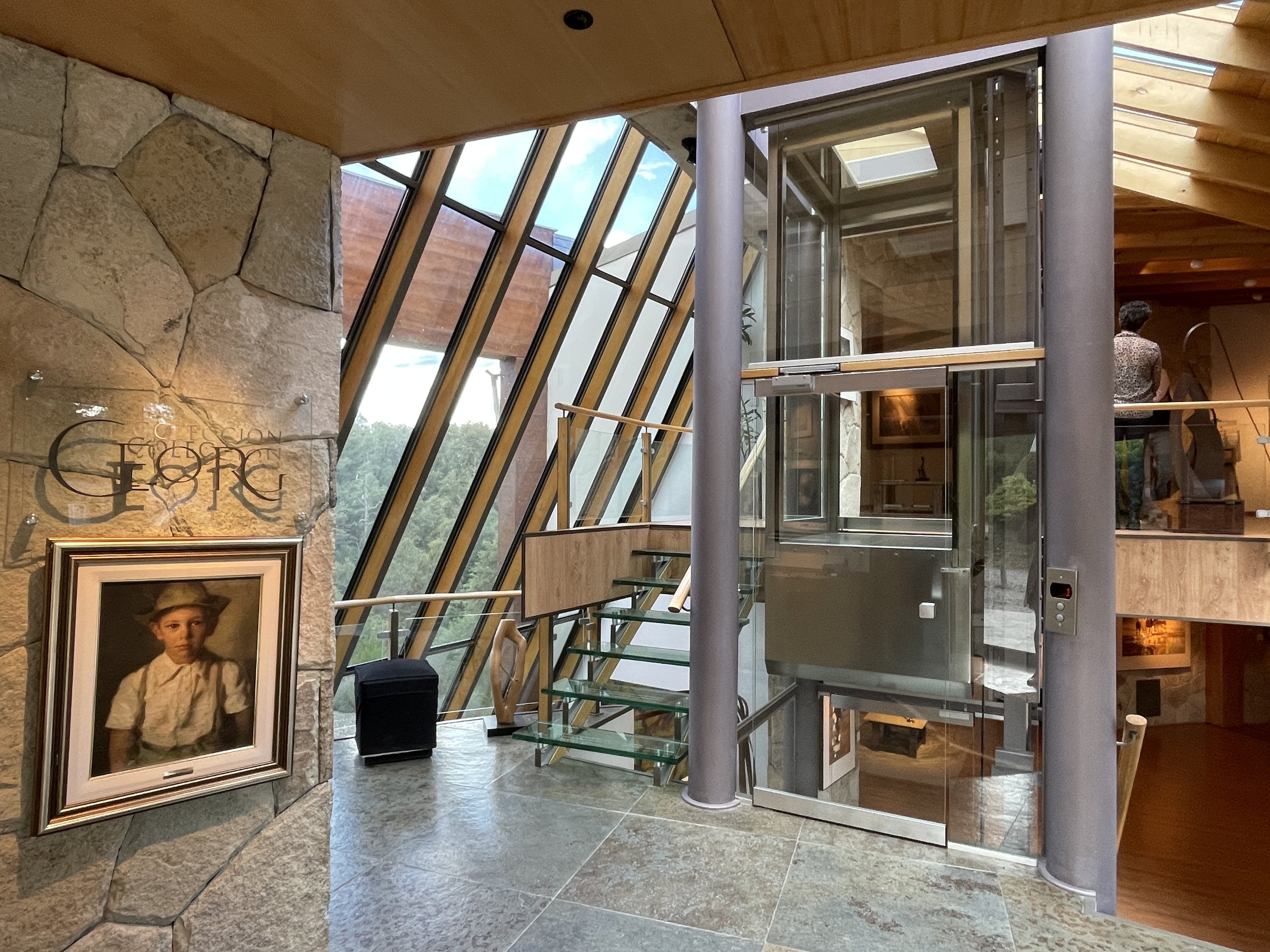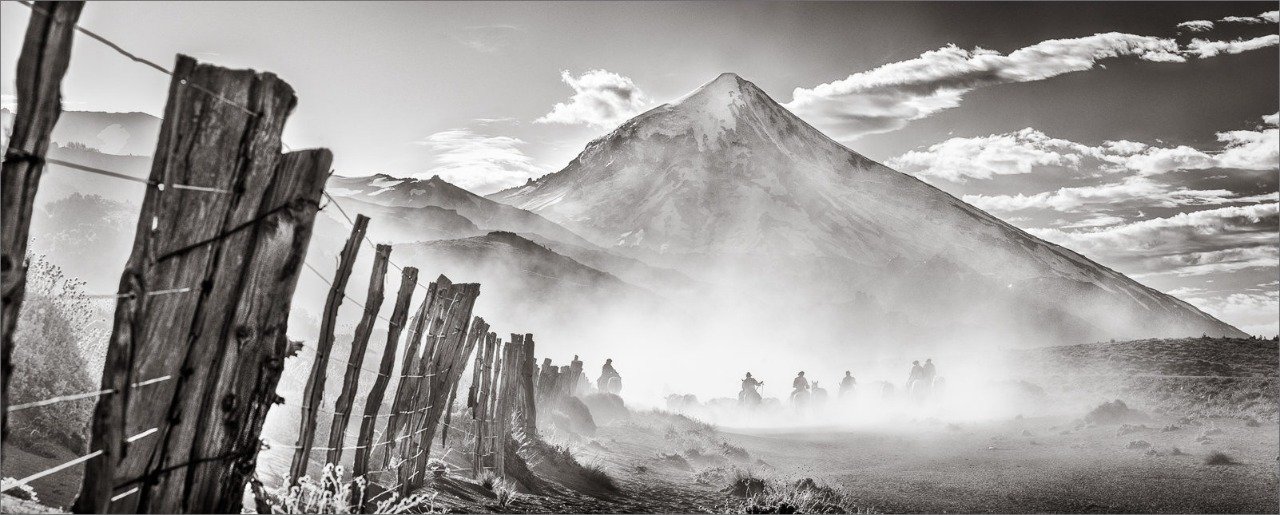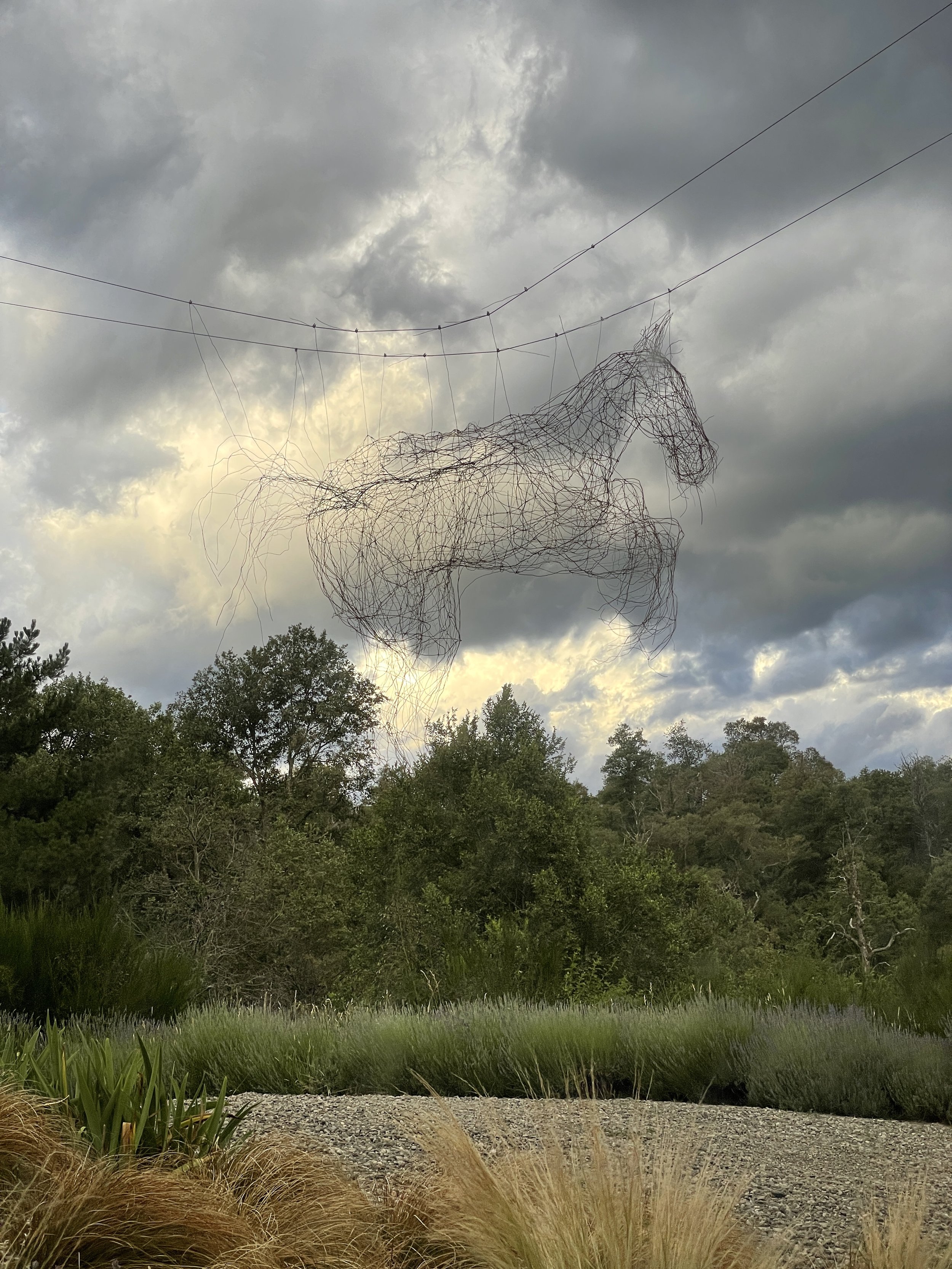Georg Collection
An incomparable treasure At the top of San Martín de los Andes, where residential development blends with the forest, the building that houses the Colección Georg is an astonishing sight. Designed by architect Ruben Sidoni and awarded at the Venice Architecture Biennale in 2012, it combines tall panels of glass, wood and stone. At first glance its facade already gives a hint that its interior treasures something very special.
We didn't have much data. Beforehand, as rarely before, we had preferred not to advance in the investigation and we wanted to arrive expectantly to this incredible place. Just a visit to the website of the Collection and little, almost nothing, about the family history. And as soon as we entered we knew it was going to be a wonderful afternoon. A caption summed it all up: "To those who like the beautiful and the kind".
The appointment with Salomé was at seven o'clock in the evening, in broad daylight, in the torrid Patagonian summer. She kindly welcomed us and guided us through each room, without losing detail of the technical data and the stories that complete the scene, whether of the paintings or the photographs exhibited, the personal experiences of the artists and the intention put into each of the creations.
The meticulous account of Salomé, the custodian of the Georg Collection, was much appreciated by @tripticity_. It is that the lives of the members of the Miciu Nicolaevici family are fascinating in themselves.
Konstantino Miciu Nicolaevici, an artist originally from Moldavia (in Eastern Europe) and formed in Austria, emigrated to our country with his wife and two sons, Georg and Demetrio, due to the vicissitudes of the Second World War.
Georg, born in Vienna because of the exile, unlike his father, was not educated in the academy, but through the family tradition: a true autodidact.
In fact, it was especially Georg who continued his father's vocation, passing on the artistic gift to several of his nine children; Emmaus in painting, Elisha and Isaiah in photography, and so on. It is that the inheritance marked as a design the life of his descendants.
Grandfather Konstantino resisted his son's training at the academy, encouraging him to pursue his own path.
The collection is therefore composed of works by all of them, carefully arranged in the various rooms, forming a tour that allows us to appreciate the surrounding beauty, that is, fulfilling the promise made in the invitation.
Nature is perhaps the main theme, even in those almost abstract and more contemporary productions.
In the case of Emaús, the artist's own framing, which completes and enhances his paintings, is surprising.
The perfection of the finish of Eliseo's photographs, who uses a printing technique called giclée, is astounding, as well as the strength of his images, be they horses galloping or extreme nature. This photographic technique generates an optical illusion because the photographs even look as if they have been "damaged" in silver foil. The method avoids the use of glass so that the photographs look their natural splendor. Another particular technique used is piezography, which guarantees high quality pieces.
Isaías' passion for fly fishing is present in his underwater photographs, in which the fish observe the viewer almost scrutinizing him. That's how it feels! The names with which he baptizes his photographs further strengthen them, such as "Catch Me If You Can", in which the fish looks with irony and a certain vanity.
A photo taken by Eliseo, at the age of twelve, won the prize in the open contest of the Argentine Postal Service, which is why it was the image of a postage stamp.
In addition, pieces of Patagonian artists are exhibited, such as Emiliano Céliz, whose works in chiseled silverware are amazing.
The whole visit takes place while chamber music plays, under the attentive reception of Salomé, who, noticing that the visitor is interested in a particular work, does not hesitate to reveal the secrets it hides.
In the middle of the room containing the gallery's permanent collection, a grand piano on an imposing crimson carpet is another object of admiration. Everything in the Georg Collection is fine, beautiful, impeccable, while the glass of the building allows the green of the forest to be incorporated as another element of the proposal.
For those who appreciate beauty, harmony, art and good treatment, the gallery-museum awaits at the end of a steep walk, far from the hustle and bustle of the tourist areas of San Martín de los Andes.


























